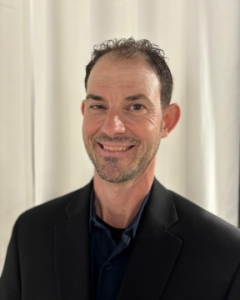 Tomorrow morning, Monday, October 13, we will embark on a mission like none other at SAM–we will engage in the mission we envisioned nearly five years ago when Trent and I first put orbital sander to rusted metal.
Tomorrow morning, Monday, October 13, we will embark on a mission like none other at SAM–we will engage in the mission we envisioned nearly five years ago when Trent and I first put orbital sander to rusted metal.
At 10:00 am SAM team member Matthias Beach will enter the Space Analog for the Moon & Mars for a duration of two weeks. In a process referred to as “bioregeneration” the carbon dioxide he produces will be converted to oxygen by 144 pea plants grown in four hydroponics racks of our own design and fabrication.
This simple yet effective demonstration lays the foundation for long-duration human space exploration, a means to revitalize air in other-world habitats while producing nutritious foods. Over the past two years we have demonstrated our ability to grow herbs, tomatoes, wheat, quinoa and peas with computer controlled CO2 injection, nutrient monitoring, and a scalable sensor array for data acquisition.
With SIMOC we monitor temperature, humidity, pressure, CO2, and VOCs using low-cost, commodity sensors and home-grown software. And as a participating member of the World’s Biggest Analog we delivered sensors to eight habitats on four continents, establishing a global data collection system for real-time air quality monitoring by the Austrian Space Forum, Vienna, October 13-27.
In just a few hours Matthias enters SAM to do something simple–breathe. But to get there required five years effort by some forty volunteers and staff, through incredibly challenging and equally rewarding days. As Matthias closes the hatch my team will celebrate our accomplishment while we embrace a passion for science and a desire for a world better than what we have today.
We are five years in, yet tomorrow is just the beginning! —Kai Staats, MSc, Director of Research for SAM at Biosphere 2, University of Arizona

